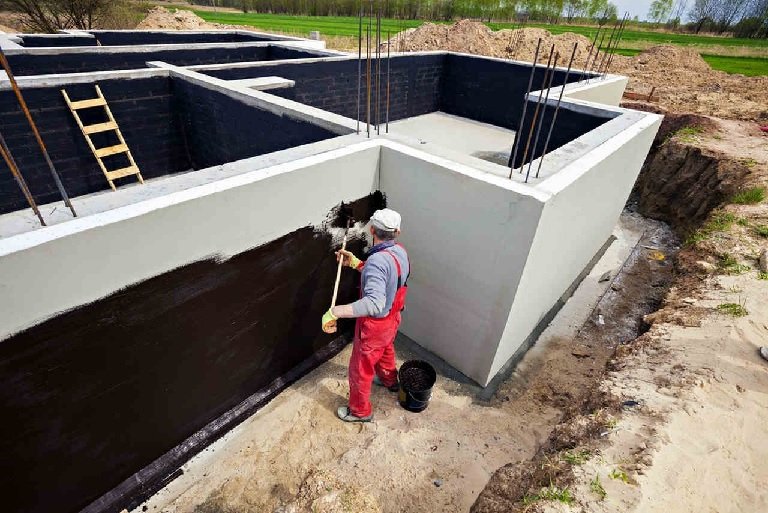Waterproofing might not be the most glamorous topic in construction or home maintenance, but it’s undeniably one of the most crucial. It’s the unsung hero protecting structures from one of the most persistent and destructive forces—water. Whether you’re dealing with a modest residential basement or a massive commercial structure, keeping water out is essential to ensure the longevity and safety of any building.
At its core, waterproofing involves techniques and materials that prevent water from penetrating a structure’s envelope. This barrier is vital for avoiding water damage, mold infestation, rust, and eventual degradation of structural components like wood, concrete, and steel. Moisture buildup doesn’t just damage materials—it can degrade air quality, jeopardize electrical systems, and cost thousands in repairs if left unchecked.
Moreover, waterproofing is not a one-size-fits-all concept. There are multiple approaches depending on the location of water ingress and the structure’s age, condition, and purpose. The two dominant methods—Interior Basement Waterproofing and external waterproofing—both aim to achieve dryness, but they do so in fundamentally different ways.
Internal vs. external waterproofing: key differences
It’s critical to comprehend where and how each strategy is used in order to fully grasp its advantages.
When a structure is being constructed or undergoes significant repairs, external waterproofing is used to protect it from the elements. Excavating around the foundation of the structure and installing drainage boards, coatings, or protective membranes are usually necessary. Water is prevented from ever entering the building via these obstacles. Although this method is thorough and successful, it is more expensive and requires external access, which is problematic in metropolitan areas or for fully constructed residences.
Internal waterproofing , on the other hand, is designed to control water that has already entered. This doesn’t mean allowing damage—it means intercepting water efficiently and redirecting it away from the foundation or living areas. It’s a method particularly well-suited for existing buildings where excavation isn’t feasible or desirable. Systems may include sump pumps, weeping tiles, sealants, and vapor barriers—all installed within the building’s basement.
The underrated benefits of internal waterproofing
Beyond being easier to revise, internal waterproofing offers a host of other benefits that are often overlooked in favor of flashier external systems.
- Affordability : Internal waterproofing usually involves lower upfront costs since it doesn’t require heavy machinery or excavation.
- Speed of installation : Many systems can be installed in a few days with minimal disruption to daily life.
- Ideal for retrofits : It’s particularly well-suited for older buildings where foundation walls are inaccessible from the outside or where exterior work would violate city regulations or impact neighbors.
- Moisture control : Vapor barriers and sealants reduce indoor humidity, a major cause of mold and air quality issues.
- Usability of space : By transforming a previously damp or musty basement into a livable, dry space, internal waterproofing effectively adds square footage to your home.
How internal waterproofing works (and why it’s effective)
The effectiveness of internal waterproofing lies in its adaptability. Rather than trying to stop water at the source—often a nearly impossible feat in older homes—it focuses on collecting and redirecting it safely.
Here’s how the system works:
- Perimeter drains or weeping tiles are installed along the inside edge of the basement walls. These collect any water that enters through cracks or the porous concrete and direct it toward a sump pit.
- Sump pumps then kick in to actively pump water out of the home and away from the foundation, preventing flooding.
- Wall sealants and vapor barriers help stop moisture from seeping through and creating damp spots or condensation on surfaces.
- Floor coatings and drainage mats can be added for further protection, especially in flood-prone areas.
Together, these components don’t just keep your basement dry—they help regulate internal humidity and reduce the strain on HVAC systems by minimizing dampness.
Protection from the inside out: real-world applications
Internal waterproofing isn’t just theory—it’s actively saving homes and businesses from water damage every day. Consider an old Victorian house in downtown Toronto with no room for excavation and foundation walls made of stone. Installing an external system would be next to impossible. Interior Basement Waterproofing Benefits, however, can preserve the character of the building while protecting it from moisture-related decay.
Or take a modern family looking to turn their unfinished basement into a guest suite. Before installing flooring or drywall, internal waterproofing makes sure the space will stay dry year-round. It’s also ideal for climate-adaptive retrofitting—helping homes prepare for the more frequent heavy rainfall associated with climate change.
In conclusion, while both internal and external waterproofing serve the critical purpose of keeping structures safe from moisture, internal waterproofing stands out for its flexibility, affordability, and practicality in real-world settings. From easy reversibility to benefits for air quality and living space, it’s a smart investment for many property owners.
